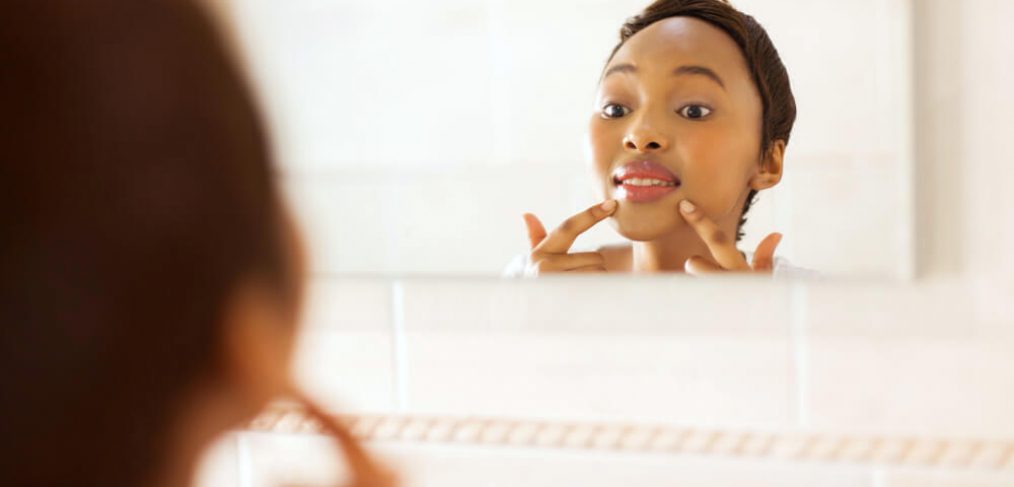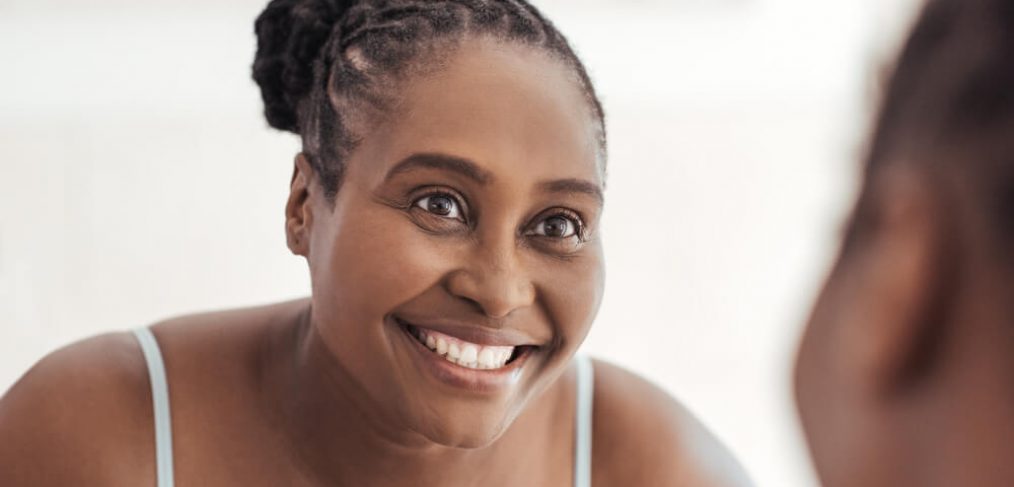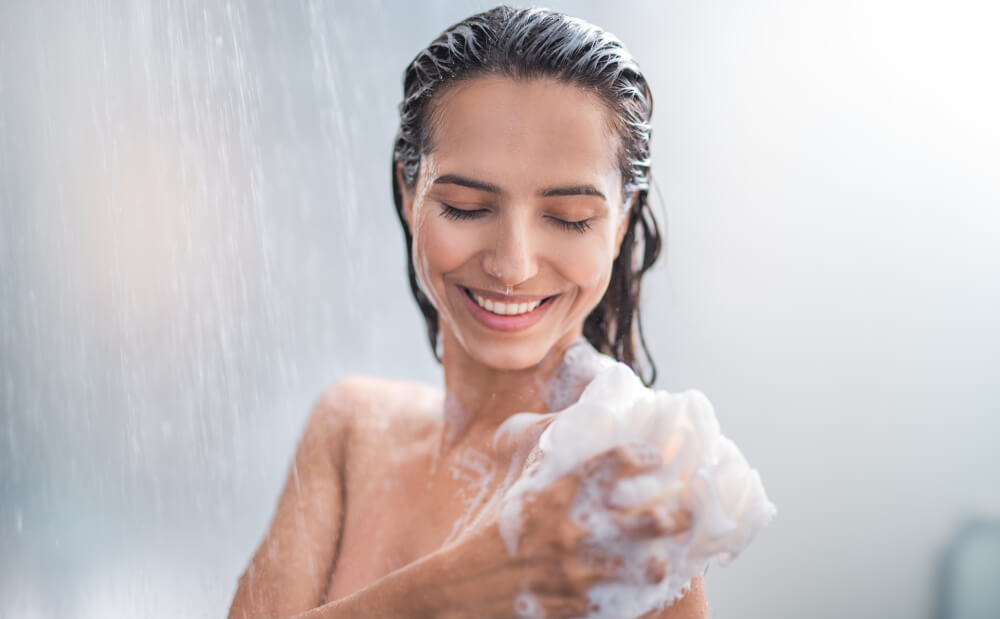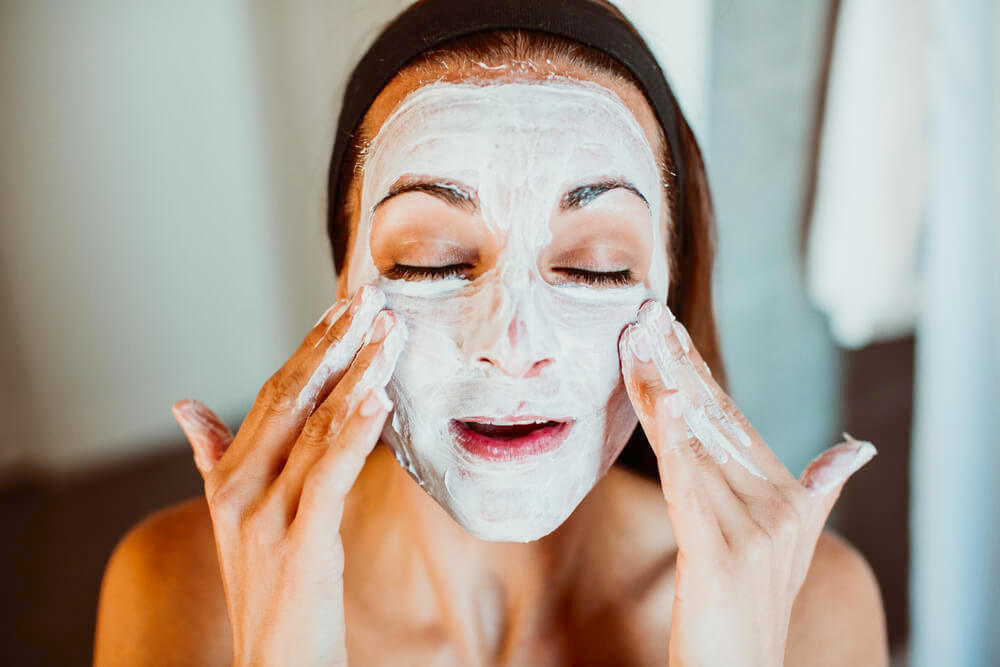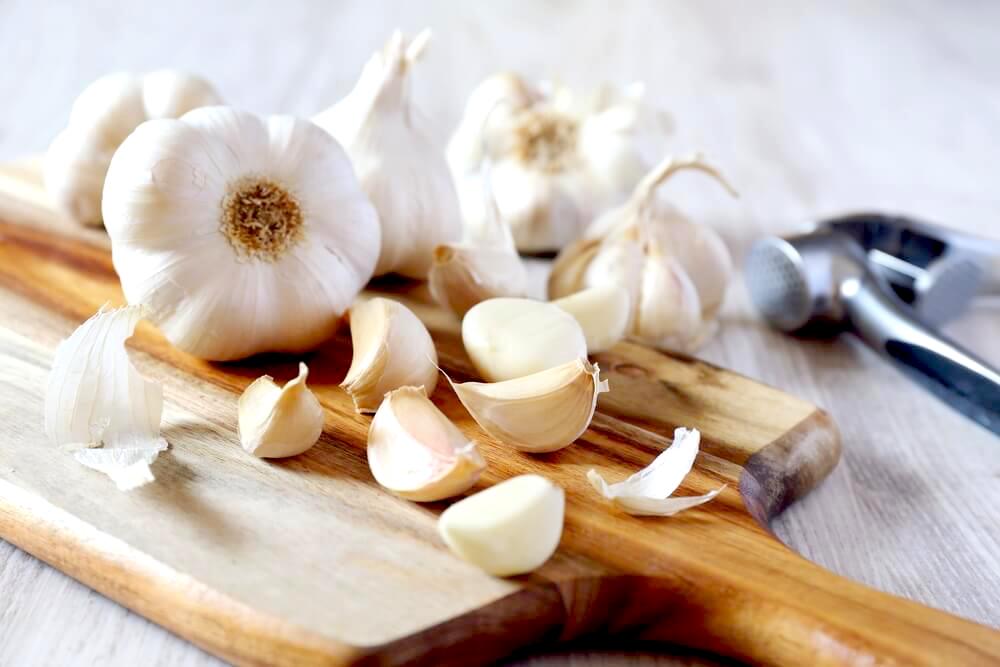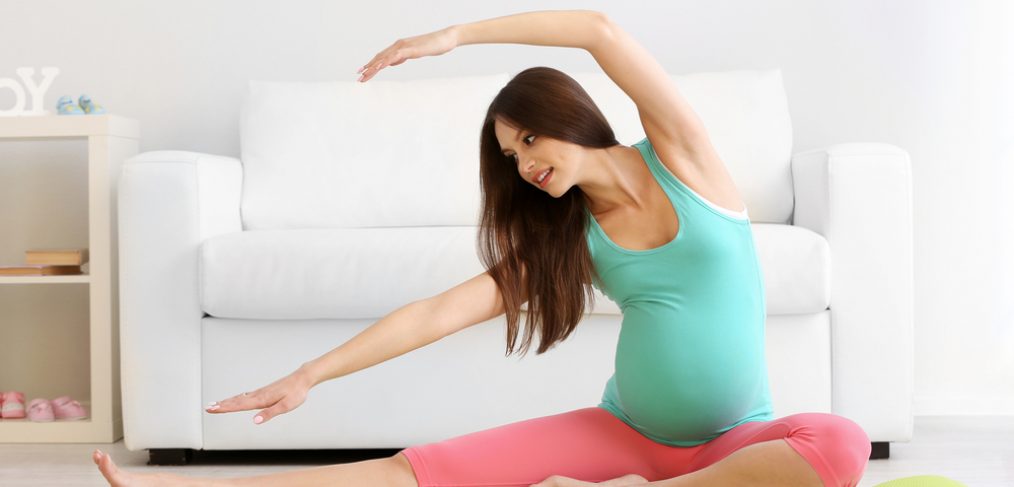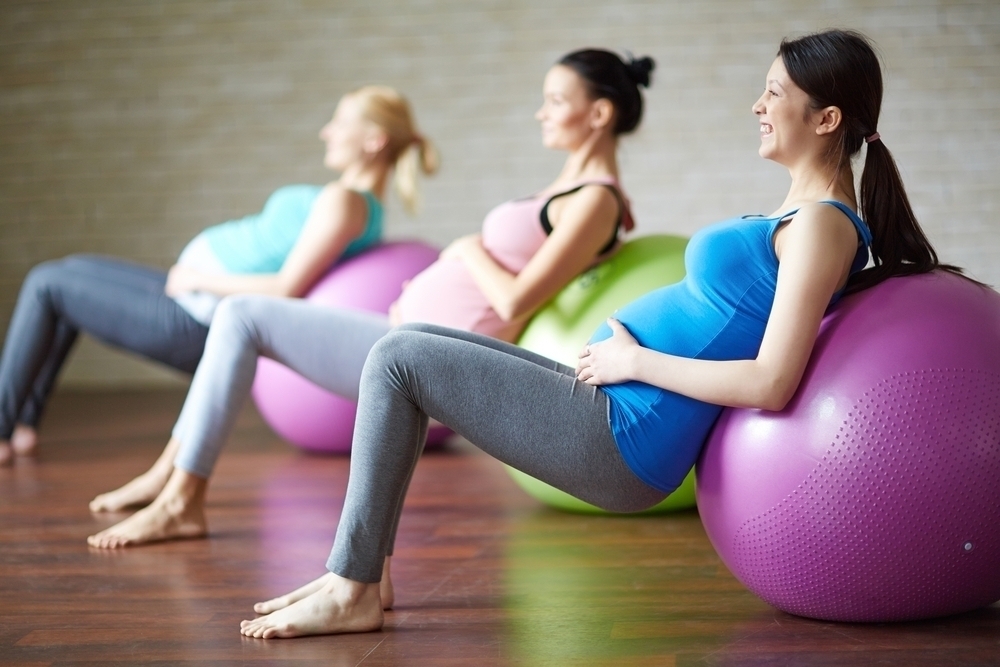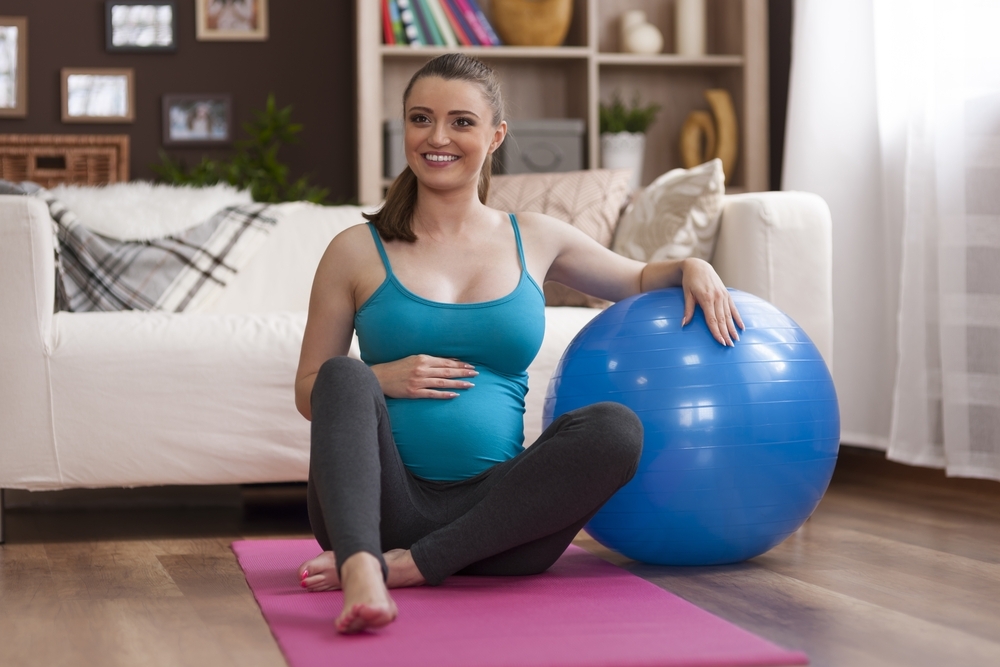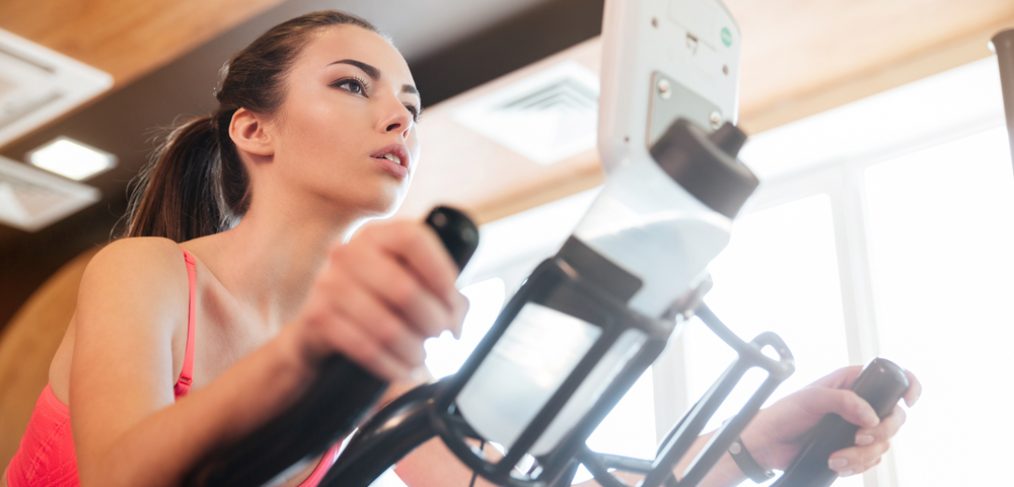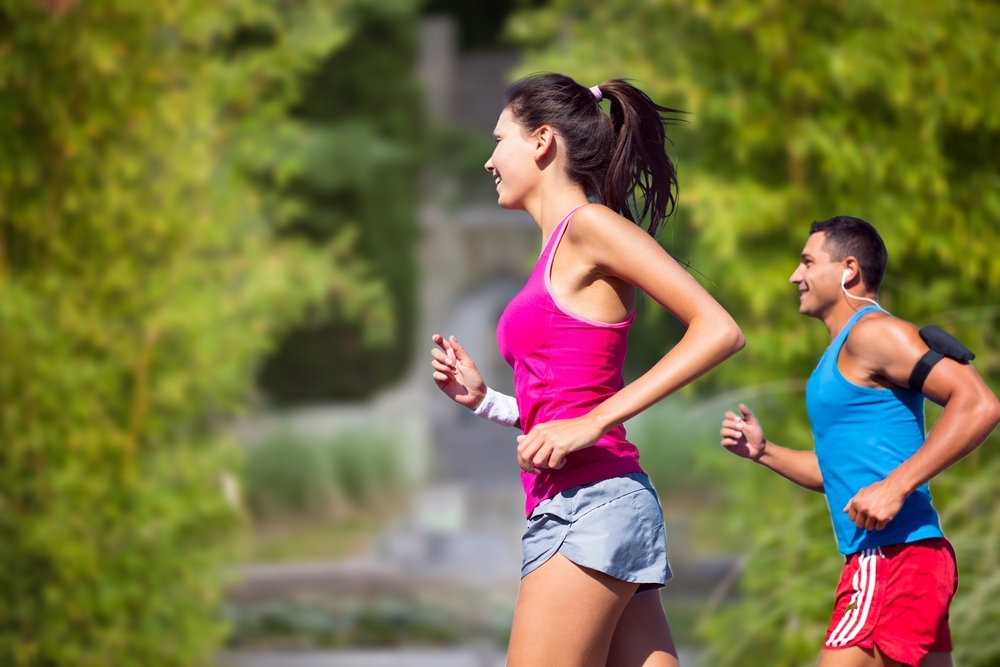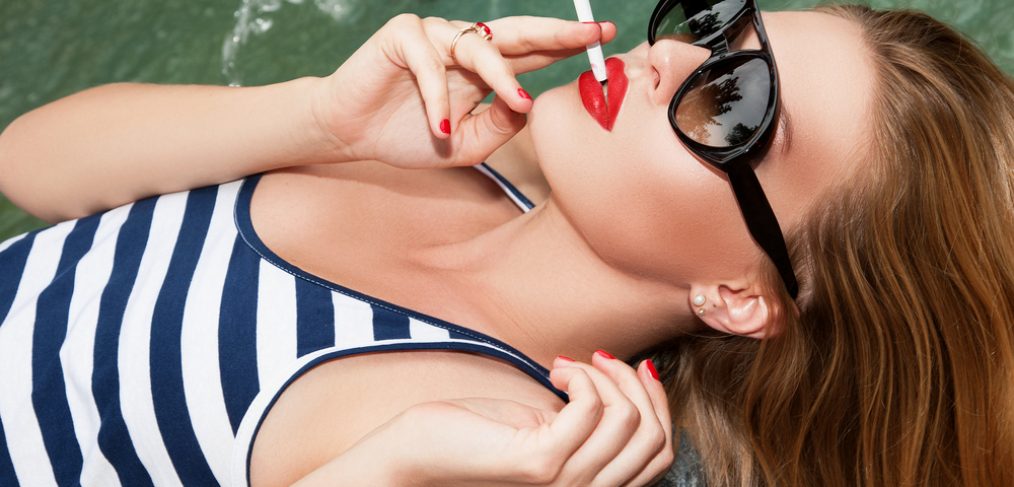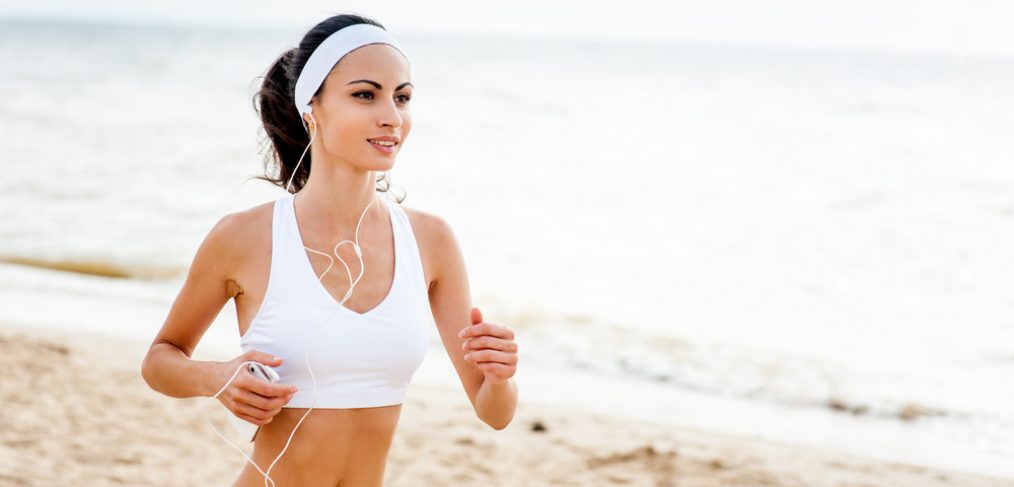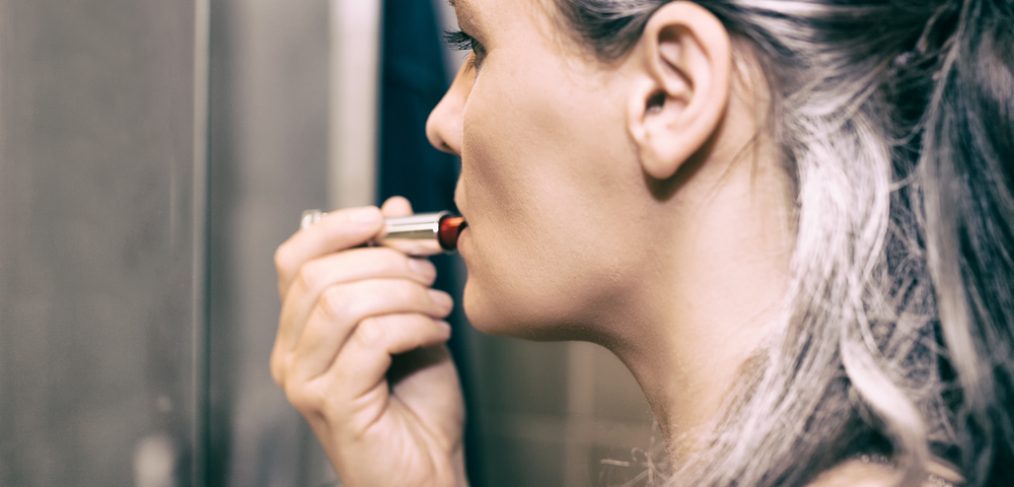It seems like recently, everyone’s been doing their best to prevent clogged pores. Let’s face it – clogged pores are one of the biggest nuisances there are.
And, once you get them, it’s a bit annoying trying to get rid of them.
Every day, your skin battles pollution, your own sweat and makeup. Sometimes, its defenses get a bit sluggish. And, when that happens – you’re faced with clogged pores.
But, don’t worry. Where your skin falters, you must continue. There are ways to clear clogged pores properly, with perseverance, tenacity and, of course, a few tips from professionals.
What Are Clogged Pores?
Pores are basically small holes in the skin through which oil and sweat go out.
Clogged pores occur when dead skin cells get trapped in your skin. They are supposed to be shed into the environment, but sometimes they can get stuck.
You can usually see when your pores are clogged if you see pimples or, in general, a certain dullness to your skin.
Now, many people think that clogged pores necessarily lead to pimples. However, that is simply not true.
While yes, many such pores do end up becoming pimples, there are some that don’t involve inflammation. Unlike with pimples, there’s no need for your body to get rid of them and they can remain like that, blocked, forever. (Well, not forever, but you catch the drift. For a very long time.)
You can usually see them in a certain light or, when you tilt your head just so. But, even the clogged pores that don’t immediately become pimples can become pimples at one point. That is why it is best to deal with them on a regular basis.
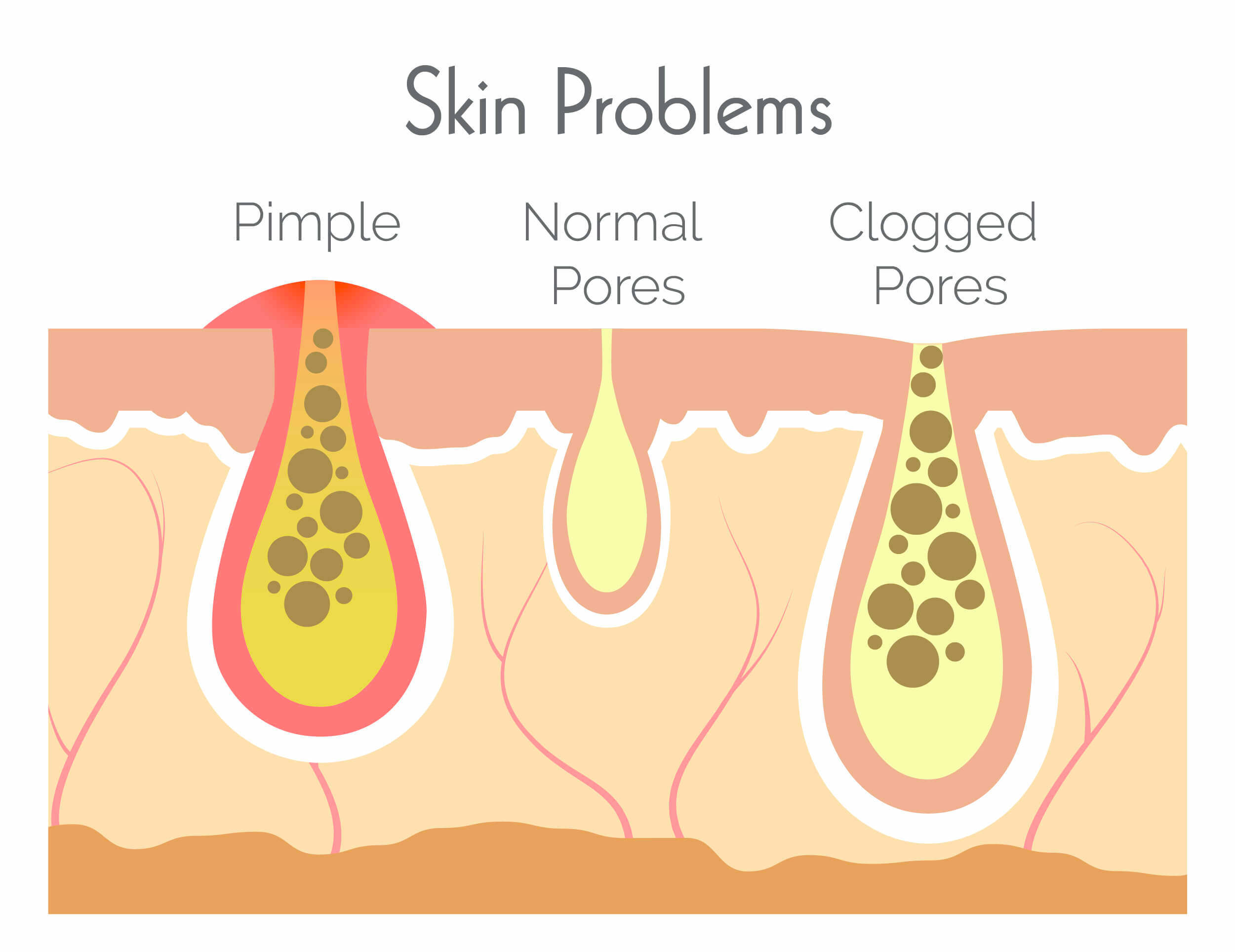
What Causes Clogged Pores?
There are a lot of things that can cause clogged pores.
Truly, a lot. Our skin reacts to various things, both internal (like hormonal changes), to external (like air pollution).
But that is truly unfortunate, because it means that there are a lot of things you and your skin have to fight. Here are some of the things which can cause clogged pores.
- Puberty. Yes, during puberty, our bodies increase its production of oil, that is, sebum, which can combine with dead skin and bacteria at times. And you get stuck with clogged pores which, as you may have guessed, can easily turn into pimples.
- Smoking. You may not have known this, but greasy particles from smoke can easily land on your skin, thus contributing to unclean pores. Aside from the other adverse effects smoking has on the skin, it also contributes to clogged pores.
- Stress. During stressful times, our bodies produce stress hormones in excess. This, in turn, triggers sebaceous glands to produce a lot of sebum.
- Using certain beauty products. Basically, many of your favorite beauty products can be the culprit here. You should only buy non-comedogenic formulas. That means that they use ingredients which won’t clog your pores. Also, you should only use face products that specify that they are oil free.
- Not cleansing or cleansing too much. Yes, this one is really the trickiest cause of clogged pores. Basically, while not cleansing your face can lead to a buildup of sebum, if you do it too much, this can also be a bad thing. Too much exfoliating strips your skin of its natural oils. Then, your oil glands decide to overcompensate and create more oil. That is why finding the golden middle is perfect for your skin.
Professional Treatments for Excessively Clogged Pores
If you have particularly specific skin and you’re not quite sure you can deal with your clogged pores on your own, going the professional route can often prove to be the best option.
Basically, you go to a dermatologist or a skincare specialist for a facial treatment which can be done in several ways. They test your skin and decide how best to proceed.
1) Extractions
We know how it sounds – a bit terrifying, to be honest.
However, you have to have faith sometimes – professionals know what they’re doing (and they’ve done it a thousand times).
They extract what should not be there in the first place by using a metal extractor tool to apply pressure around the clogged pores. This causes the content to spill out.
Now, this can also be done with pimples if they can be unclogged. If they can’t, your skincare specialist will not suggest this treatment.
After unclogging your pores, the specialist usually applies some antibacterial or antiseptic which should bring back the natural pH levels of the skin, preventing further breakouts. They may even apply a soothing mask or carry out some other treatment. You can go on these treatments once a month to keep your skin healthy and glowing.
In any case, such extractions should be left in the hands of professionals. If you try to pop your pimples at home, you can damage your pores and cause further buildup of sebum.
2) Steaming
As blasé as this may sound, this treatment is simply heaven.
You can literally feel your skin getting clean. Of course, steaming is something you can do at home with a towel and a pot. However, that requires more effort than a professional doing it.
Your dermatologist or skincare specialist uses a steamer to put warm, moist air on your face, which helps your pores open.
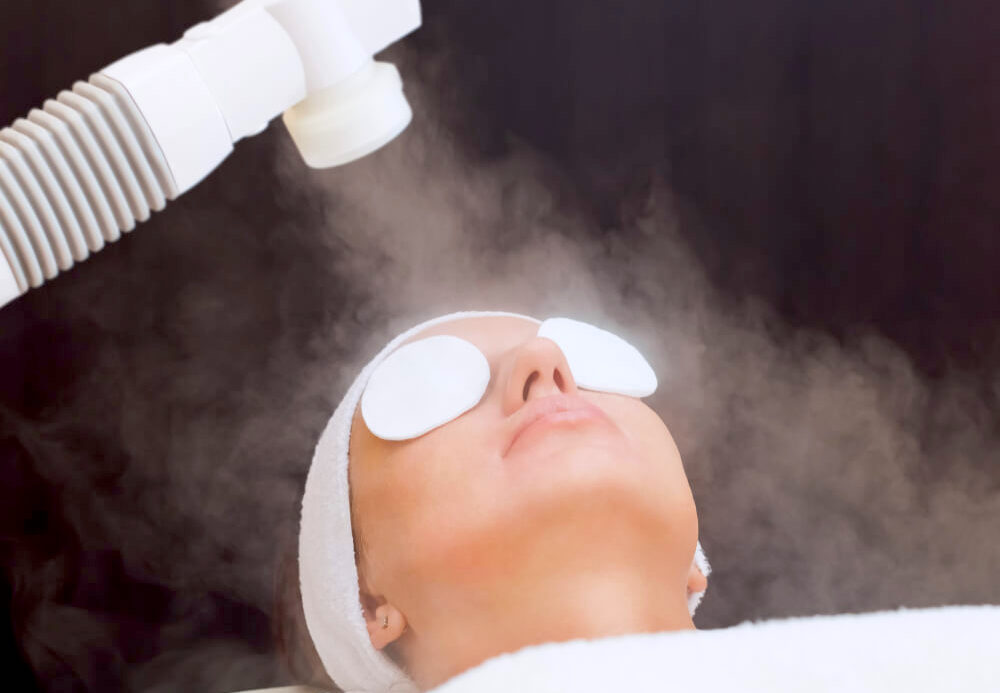
Then, they can apply treatments such as masks and moisturizers more easily. After steaming, your skin absorbs those treatments more deeply, and this can, and usually does have better results.
3) Exfoliation
Exfoliation basically includes a process of removing dead skin cells from your skin. It typically includes using an exfoliation tool or a chemical or a granular substance.
Regular exfoliation, whether done by professionals or not, improves the overall health of your skin and unclogs your pores. It also improves skin elasticity and encourages collagen production. Truly, there are many benefits to exfoliation.
Exfoliation usually includes the use of a few abrasive materials:
- Loofahs
- Cleansing scrubs
- Exfoliating mitts
- Micro derma rollers
- Dry brushes
These are the products you can use yourself at home with a good chance of success. You can combine them with a facial exfoliant for truly magnificent results.
On the other hand, you should never attempt to do chemical exfoliation yourself. This should only be done by professionals.
If you choose chemical exfoliation, consult with your dermatologist first to find the best option for you. Typically, this usually includes alpha hydroxyl acids, beta hydroxyl acids, retinols or topical enzymes.
Precisely because some of these chemicals are harsh and can dry out your skin if handled improperly, it is important to talk to a professional.
At-Home Treatments for Clogged Pores
While many, many people go to professionals, fearing that they won’t be able to deal with their clogged pores properly, there are plenty of options that are definitely safe to try at home and quite effective when it comes to unclogging pores.
You simply need to be a bit more persistent. Here are some products you can use at home to clear your pores efficiently.
1) Pore Strips
Pore strips come in various shapes and sizes. While most people use them for their nose, you can use them for any part of your face.
You can use pore strips to remove bacteria, oil, dead skin and everything else that is left on the surface of your skin.
And the process is quite simple. You wet the strip and put it on the part of the face with clogged pores. Leave it there for five or ten minutes, and then slowly peel away.
Make sure to rinse the area with warm water. You want to remove any residue that the strip left.
However, you should avoid pore strips if you have any skin allergies or if you have sensitive skin. Also, they can be used once a week at most. Don’t overdo it if you want to avoid skin irritation.
2) Charcoal Masks
Everywhere you look nowadays, some Instagram celebrity is praising this invention. Activated charcoal is now used in facial and body cleansers, scrubs, and even masks.
And truly, it does have many benefits, as it removes toxins, dirt and pollution from pores.
For most charcoal masks, you should first rinse your face before using them. Also, you should leave it between 5 and 10 minutes and then remove it. While some should be rinsed off, others harden and should be pulled off.
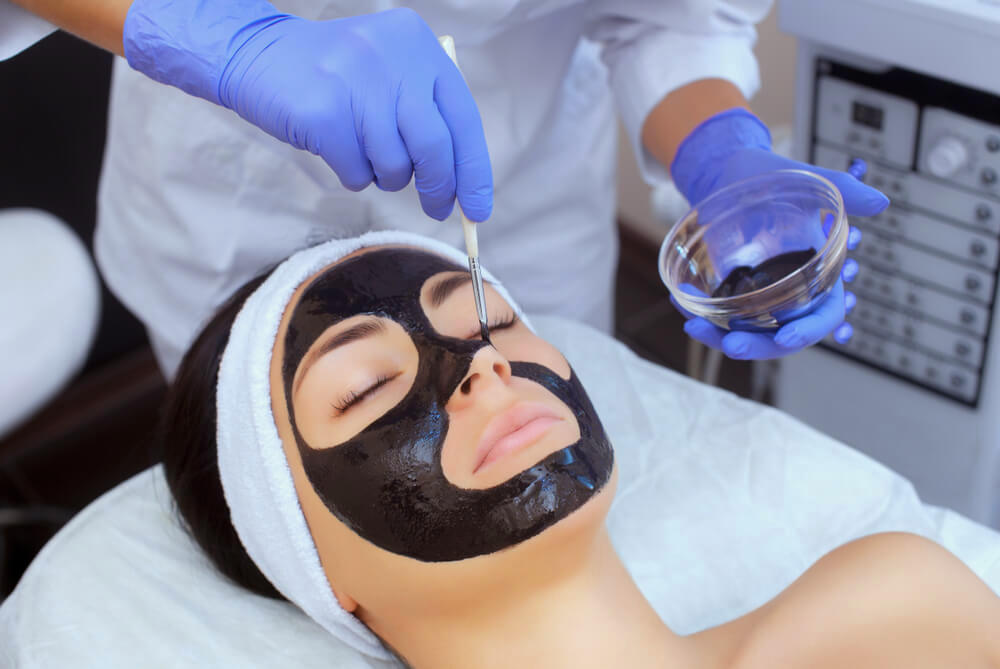
However, dermatologists warn that you should never make your own charcoal mask at home. This can be dangerous and can cause irritation of the skin. It’s better to buy a charcoal mask from a certified distributor.
3) Pore Vacuums
Pore vacuums have also been gaining on popularity in recent years. Many people praise them as the best invention in recent years.
The principle is pretty simple – there’s something in your pores, this sucks it out.
However, experts recommend that you don’t use it too often. Apparently, while they may work for blackheads that are already loosened, they do not have the same effect on other types of clogged pores.
Also, while there are pore vacuums that can be bought for as little as $10, experts also recommend that you don’t buy cheap ones. If you are to do this at home, you should at least
Another option is to go to a professional. They will be able to see which areas need more suction and which areas need less. They can then adapt the treatment to your particular needs.
Natural Remedies for Clogged Pores
There are really a lot of ways you can clean your pores at home, without buying anything. You can simply use what you have in your cupboard.
No, we’re not talking about the chemicals you use to unclog your sink, if that’s where your mind wandered.
Basically, people have long found various uses for common things you can find in every home. Some of those uses can include purifying the skin.
1) Baking Soda
Yes, this is truly an ingredient everyone has in their homes. But it’s one of the most versatile ingredients there are in this world.
First, mix two teaspoons of this epic ingredient with one teaspoon of water. This should make a paste. Then, you should gently massage it onto your face.
Don’t leave it on for longer than five minutes, though, this should be perfectly enough to unclog your pores. Then, rinse if off.
You can do this once a week if you want balanced skin but don’t want to overdo it with cleaning.
2) Lemon Slice
Lemon also has quite a lot of benefits for many parts of our bodies, not just our skin. But it is also a superb ingredient when it comes to unclogging pores.
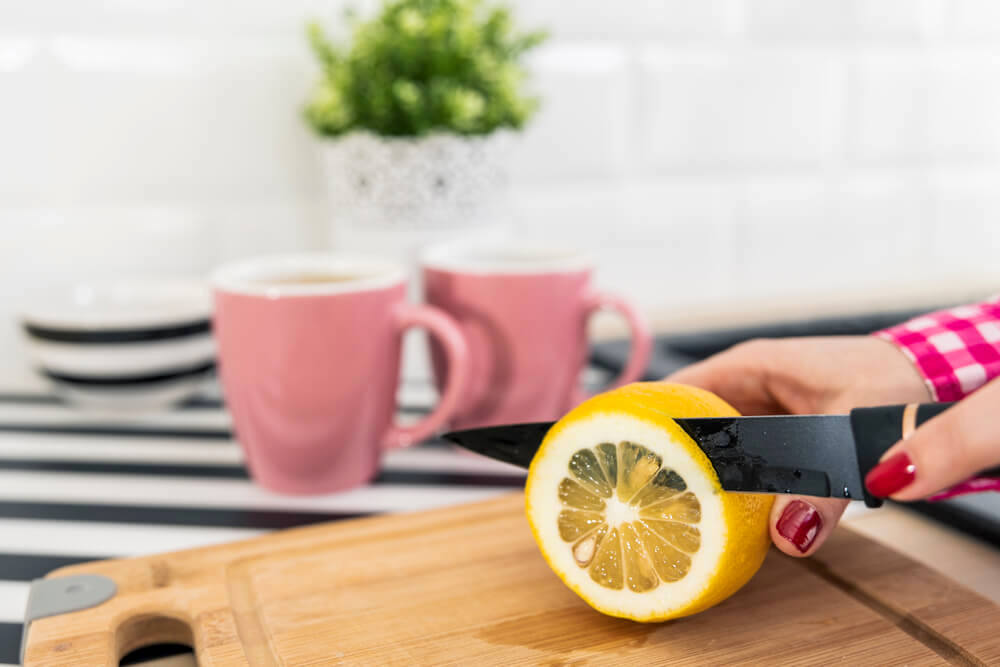
All you have to do is cut a lemon in half and run it over your skin where you’ve been having problems with clogged pores.
You should leave it on the skin for about five minutes, and then rinse it off with cold water. Again, don’t leave it for longer than five minutes, because it can irritate your skin and possibly cause other problems.
This works because the acidity present in the lemon can help break up all the old skin cells, dirt and grime that have accumulated over time.
3) Parsley
Parsley is not just a garnish, it’s a life saver!
Parsley is known to pull out impurities and toxins out of your skin and it’s incredibly effective.
Put a handful of parsley in a pot of water, bringing it to a boil. After that, let it cool down a bit. (Yes, you’re basically making parsley tea, which has all sorts of benefits.)
Simply dip a clean washcloth into the water, and then squeeze out excess moisture. Place it on your face for about 10-15 minutes. Wash your face afterwards.
This treatment can actually be repeated every other day, as it has numerous benefits.
There have recently been some claims that such home-made treatments of clogged pores do more harm than good. However, that is simply not true. The key here is not to do it too much, as some of these ingredients can harm the skin if left for too long. But, if you use it the way they’re supposed to be used, they will clean your pores in no time.



